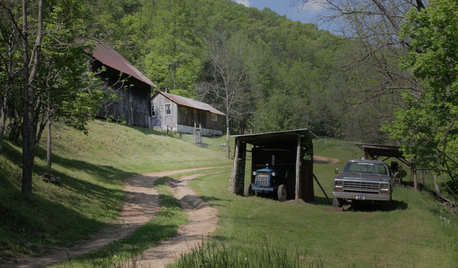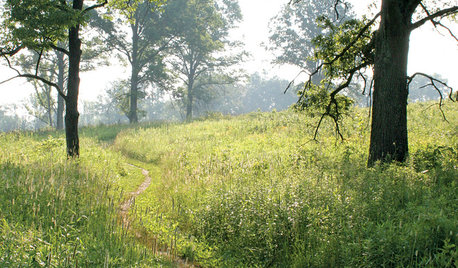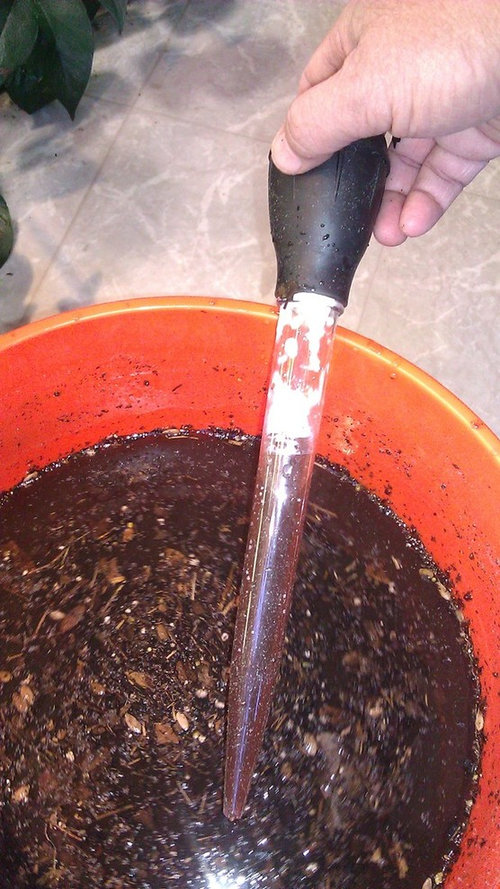How do you use your vermicompost?
Gerris2 (Joseph Delaware Zone 7a)
11 years ago
Related Stories

GARDENING GUIDESHouzz TV: Make a Worm Bin for Rich Soil and Happy Plants
A worm-powered compost bin that can fit under a sink turns food scraps into a powerful amendment for your garden. Here’s how to make one
Full Story
GARDENING GUIDESGet on a Composting Kick (Hello, Free Fertilizer!)
Quit shelling out for pricey substitutes that aren’t even as good. Here’s how to give your soil the best while lightening your trash load
Full Story
HEALTHY HOME6 Tips From a Nearly Zero-Waste Home
Lower your trash output and increase your quality of life with these ideas from a mom who did it to the max
Full Story
TASTEMAKERSNew Series to Give a Glimpse of Life ‘Unplugged’
See what happens when city dwellers relocate to off-the-grid homes in a new show premiering July 29. Tell us: Could you pack up urban life?
Full Story
FARM YOUR YARDHow to Grow Vegetables in Containers
Get glorious vegetables and fruits on your patio with a pro’s guidance — including his personal recipe for potting mix
Full Story
GARDENING GUIDES5 Easy Ways to Break Free of a Gardening Rut
Experience your garden in a whole new way — no big budget or major effort required — with these invigorating ideas
Full StoryMore Discussions







thedogsLL
Gerris2 (Joseph Delaware Zone 7a)Original Author
Related Professionals
Holly Springs Landscape Architects & Landscape Designers · Leawood Landscape Architects & Landscape Designers · Norton Shores Landscape Architects & Landscape Designers · Richmond Heights Landscape Architects & Landscape Designers · Taylorsville Landscape Architects & Landscape Designers · Woodinville Landscape Architects & Landscape Designers · Alexandria Landscape Contractors · Coeur d'Alene Landscape Contractors · Norristown Landscape Contractors · Roseville Landscape Contractors · Round Lake Landscape Contractors · San Antonio Landscape Contractors · San Carlos Park Landscape Contractors · Aurora General Contractors · Mentor General Contractorsequinoxequinox
Gerris2 (Joseph Delaware Zone 7a)Original Author
thedogsLL
bashazaborski
mendopete
Gerris2 (Joseph Delaware Zone 7a)Original Author
Priswell
moandtg
worm_composting_help